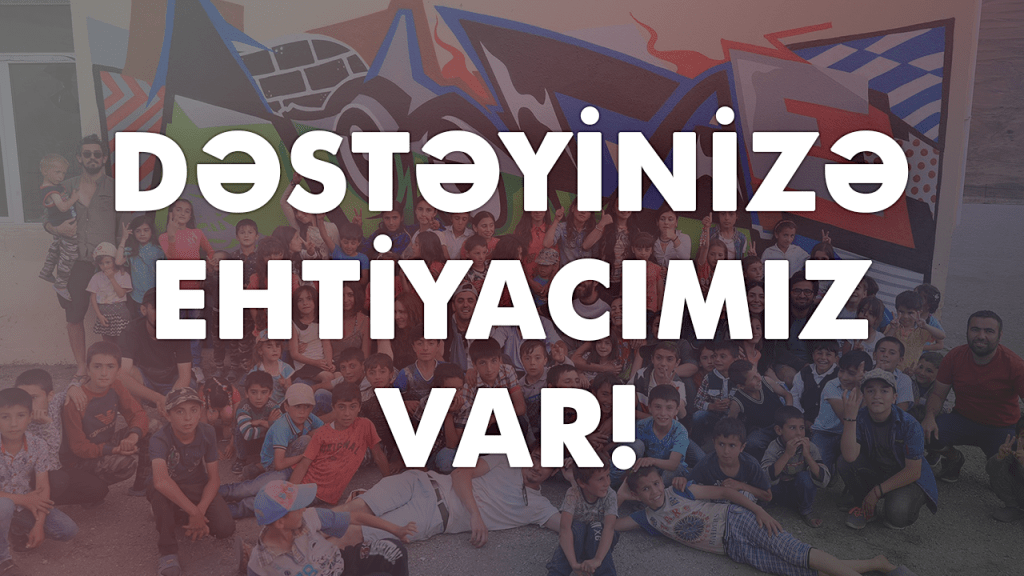Faig Ahmed

Faig Ahmed’s use of the Azerbaijani carpet as his muse has brought him worldwide recognition and admiration for his unique aesthetic vision. Based in Baku, Faig graduated from the sculpture faculty at the Azerbaijan State Academy of Art, and his artistic practice encompasses various media including sculpture, painting and video art. He has received international acclaim for his visionary approach to craft as well as his ability to reimagine and reinterpret traditional motifs with a contemporary lens. His work was exhibited in the 2007 inaugural Azerbaijan Pavilion at the Venice Biennale and he was nominated for the prestigious Victoria & Albert Museum (London, UK) Jameel Prize for contemporary art inspired by Islamic visual traditions in 2013. As well as participating in numerous local and regional exhibition, he has exhibited around the world in various group shows in New York, Paris, London, Berlin, Rome, Dubai, and Moscow. His works are also held in public collections including the Carpet Museum in Baku, the Los Angeles County Museum and the Seattle Art Museum, and in private collections around the world. Fascinated by carpets from a young age, Faig’s artwork celebrates one of the most emotive symbols of Azerbaijani culture and uses it as a method to convey social, cultural, and spiritual themes. In his carpet-based artworks, he creates digital designs that are then handwoven by Azerbaijani master carpet weavers, incorporating his visual manipulation of scale, pattern and perspective into the traditional medium of the carpet. It is through design and technique that the artworks play with the temporal tension between tradition and modernity.
However, in Faig’s large-scale installations and video art, the carpet as a visual medium is expanded and transcended. In 2016, Rome’s MACRO contemporary art museum hosted Faig’s solo show ‘Points of Perception,’ which featured a massive carpet installation relating to the theme of Sufism, a topic that has inspired the artist in a number of works. In the exhibition, a room-size green prayer carpet undulated across the floor until it crested like a wave in the center of the space. In this work, Faig explored the expansion of consciousness as it relates to perception – whether one is grounded in reality or mysticism effects our own way of seeing and awareness of the world around us.
In his 2016-2017 solo exhibition ‘It Is What It Is’ at Yarat Contemporary Art Space, he engaged directly with social rituals embedded in Azerbaijani culture that relate to rites of passage, gender roles and community life. The dramatic exhibition examined tradition and its place in modern society, as well as what is lost when tradition begins to disappear. The exhibition included a monumental installation of sugar cones entitled ‘The Biggest’ (2016) in addition to the dramatic carpet ‘Virgin’ (2016) made of thick wool that cascaded into of bright red mass, juxtaposing traditional gender expectations as a conversation between the two artworks. His video artwork ‘Social Anatomy’ (2016) presented an overhead view of an open space where people advance and retreat across the frame in synchronized motion, their movements mimicking the patterns of a carpet as they enact the rituals of rites of passage. The work is moving in its beauty and symbolism as the individual actors in the piece come together to create and preserve something that is greater than themselves.
In a recent exhibition with the Goethe Institute at the Kapellhaus in Baku, Faig’s massive carpet installation ‘Equation,’ which was initially exhibited at the Textile Museum of Sweden in mid-2017, was the result of an intensive research project into the connections between Buddhist and Islamic designs and their influence on Scandinavian folk mythology. Dominating the interior of the building, the artwork revealed the warp of the carpet as it stretched across the space, hinting at the metaphysical inspiration behind the creation of art. Nordic and Azerbaijani traditional motifs and patterns emerged and disappeared across the artwork as the symbols were reconfigured and remade into a new iconographic language that transcended time and place. The iconic work was exhibited as part of the Silk Road Festival in December 2017- January 2018, focusing on connections across cultures that are reflected in the art and music of the region. Faig’s contribution to the festival is emblematic of this intention – he not only preserves the artistic heritage of Azerbaijan, but his innovative use of the traditional Azerbaijani carpet invigorates this tradition and gives it new life by bringing the past and the present together, uniquely reflecting contemporary life.



















